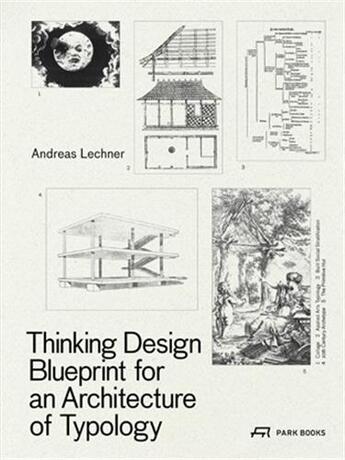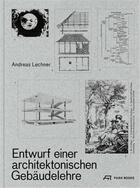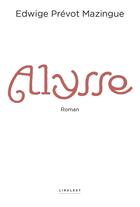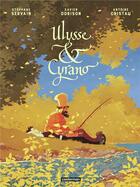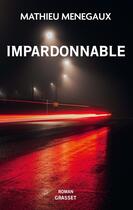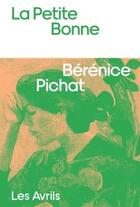-
Date de parution : 30/11/2021
-
Editeur :
Park Books
-
EAN : 9783038602460
-
Série :
(-)
-
Support :
Papier
Résumé:
However disparate the style or ethos, beneath architecture's pluralism lies a number of categorical typologies. In Thinking Design, Austrian architect Andreas Lechner has condensed his profound typological understanding into a single book.
Divided into three chapters-Tectonics, Type, and... Voir plus
However disparate the style or ethos, beneath architecture's pluralism lies a number of categorical typologies. In Thinking Design, Austrian architect Andreas Lechner has condensed his profound typological understanding into a single book.
Divided into three chapters-Tectonics, Type, and Topos-Lechner's book reflects upon twelve fundamental typologies: theater, museum, library, state, office, recreation, religion, retail, factory, education, surveillance, and hospital. Encompassing a total of 144 carefully selected examples of classic designs and buildings, ranging across an epic sweep from antiquity to the present, the book not only explains the fundamentals of collective architectural knowledge but traces the interconnected reiterations that lie at the heart of architecture's transformative power.
As such, Thinking Design outlines a new building theory rooted in the act of composition as an aesthetic determinant of architectural form. This emphasis on composition in the design process over the more commonplace aspects of function, purpose, or atmosphere makes it more than a mere planning manual. It reveals also the cultural dimension of architecture that gives it the ability to transcend not only use cycles but entire epochs. Each example is lavishly illustrated with a newly drawn elevation or axonometric projection, floor plan, and section, not only invigorating the underlying ideas but also making the book an ideal comparative compendium.
Donner votre avis



